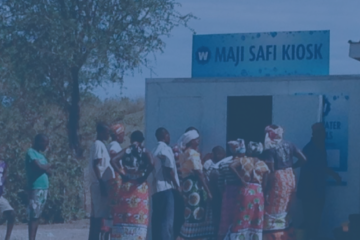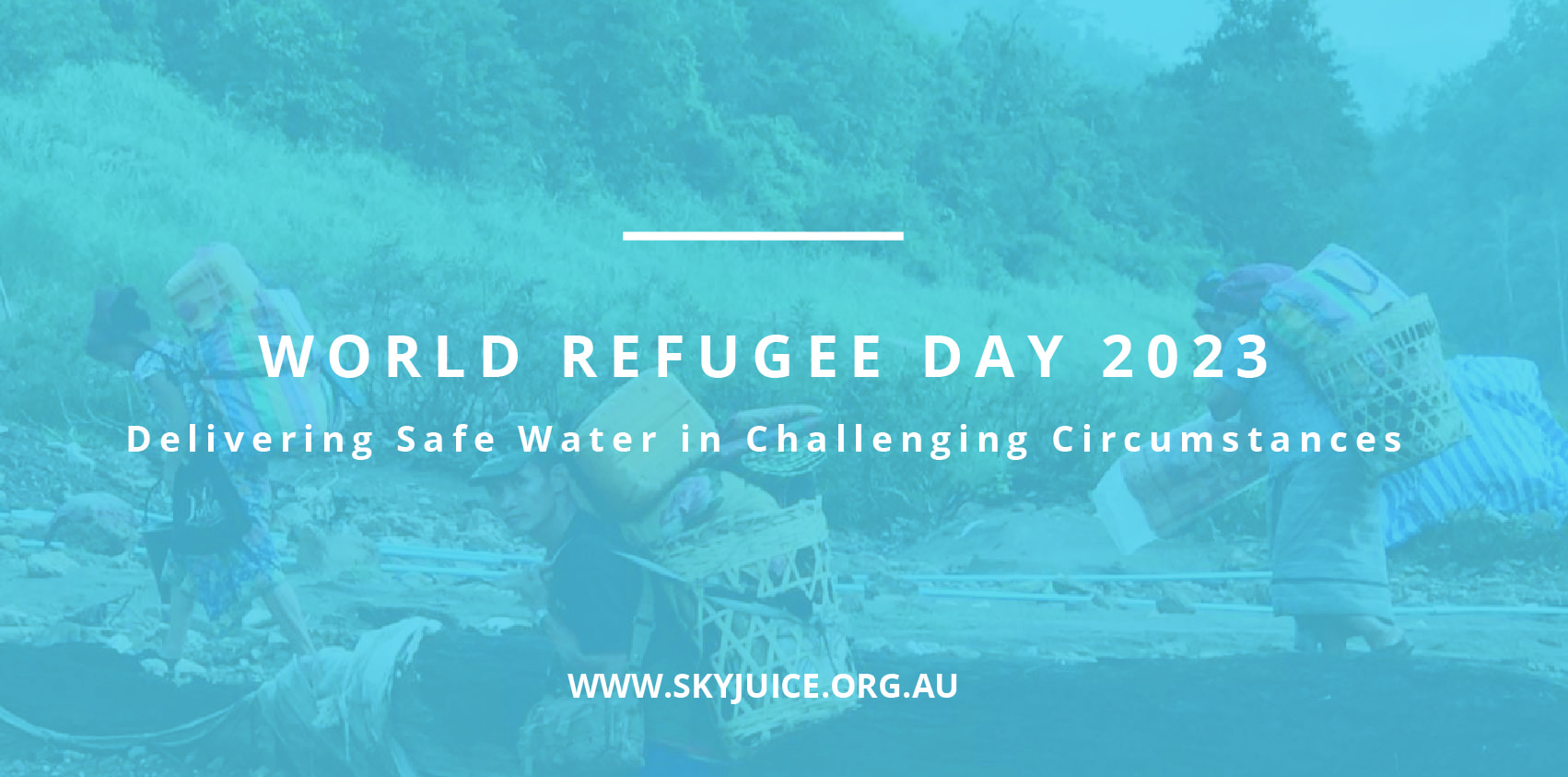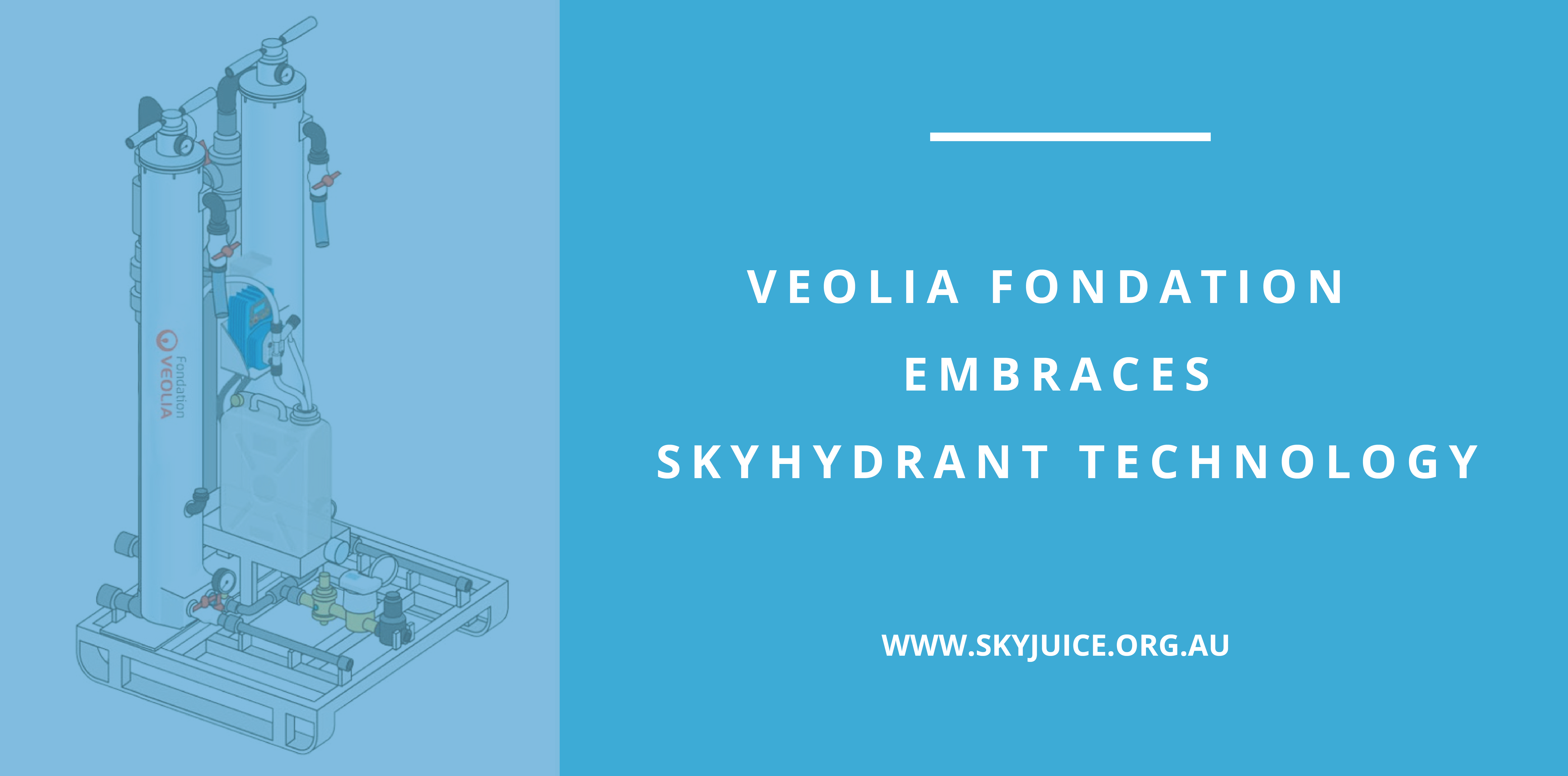Desalination is a conversation that is omnipresent. The global trend of persistent longer periods of drought has stimulated another surge in the demand for desalination technology options and solutions. Capetown, South Africa and Sydney, Australia are just two of the classic examples of growing cities with limited water resources both now and under the projected drought scenarios – even if it does rain. There are different reasons for the perceived need for desalination as well as some interesting observations. So, is large scale desalination the answer to the world’s water shortages? Have the environmental impact questions been answered? And what is the role of small membrane systems in solving water problems in developing countries?
In the 1950s and early ’60s, the Sydney Water Board was known in some circles as the ‘No Water Board’ due to its failure to supply water to some suburbs and absence of large water storage for the growing city. Similarly, Capetown used to have a good water supply which has now diminished capacity through deteriorating and expanding infrastructure. There is the additional impediment of lack of metering and systems remediation as well. This has led to a desperate situation when the drought of the century hit a city with a greatly expanded population.
Some solutions are obvious; reducing leakage, investing in improved supply and management systems together with pay for use billing is the most obvious. Other strategies that are commonly used are minimizing non-potable use such as for gardens and non-essential water applications. Also changing some industry practices to eliminate water usage where better, non-water-based technologies are available and using technology to provide recycled water in appropriate cases. At a household level, the encouragement of local water storage and recycling can reduce water consumption by 60% or more.
So, without any expansion of its desalination plant, Sydney, for example, could meet the potable household needs for its entire population. If the plant is run continuously, politics permitting, this could extend the capacity of the long-term resources by about 15 to 25% with accompanying water use restrictions. If the desalination capacity is doubled, there should be correspondingly extended resource security.
What are the related issues though? The present pricing structure means that the connection charges are high relative to water use charges while there is not a lot of incentive to minimize water use. A new desalination plant will exacerbate this charging structure. There are no subsidies for on-site water use that make sense, and re-use is still regarded as a “dirty water”. But things could be different!
Small systems, such as the SkyJuice family of membrane water treatment systems, have validated point of use treatment and small-scale treatment, particularly when linked with other technologies. Another example of small-scale technology disruptor is UV disinfection. This technology is now available using LEDs that overcome all the old problems of having to have lamps on all the time. Dual membrane process solutions are now impacting desalination solutions.
What is more exciting is the application of dual membrane technologies on a very small scale. It translates to local desalination of brackish water that will be cost-effective and have low energy consumption. Singapore has shown on a large scale that the use of brackish and saline water and re-use of water is a must for water-stressed communities regardless of whether they are in Australia, Africa, Asia or anywhere else in the world.
There are vested interests in preserving large systems – not least the Governments that take an ‘investment return’ from assets that they haven’t invested in. Big systems have their place, but small, decentralized systems and disruptive solutions can now provide the economies of scale and local supply efficiencies that were never dreamed of a short while ago.
Desalination has a place in water supply systems but there are options available that could defer and redirect water efficiency to complement its introduction. The use of small-scale systems in remote and poorly serviced areas of the world such as has been shown by SkyJuice Foundation and other systems as a model that the first world should learn from and desalination should be just one of the technologies of the future – not the only option.
We need a plan or a policy that addresses all these issues and incorporates desalination as a flexible and resilient system at the lowest cost to the community. Low cost, innovative hybrid membrane solutions are not just the solution for larger urban solutions, but will by necessity be required for emerging regions with water stress and limited surface water supplies. The answers are not all there yet, but as LED lighting technology and developments in energy storage have shown us, there are precedents. Low cost, affordable desalination solutions will be genuine disruptors. Small scale distributed solutions are now a reality for communities in developing countries facing limited options.
The answers and solutions are closer than we think. SkyJuice Foundation has been working to target this precise issue of affordable and practical desalination for communities in need and is looking to make an important and exciting announcement on the topic soon.
David Garman is a SkyJuice Mentor and Commentator. Her was the President of International Water Association (IWA) for 2 terms from 2000 until 2012, the Associate Vice Chancellor of Water Technology Research and Development, and was Founding Dean of the School of Freshwater Sciences (SFS), University of Wisconsin, Milwaukee. His research and interests cover all aspects of new technology, water resource management from research and planning to large-scale operations, with a strong emphasis on commercial operations and corporate governance.



2 Comments
torrent · 12 January 2021 at 7:57 am
Very good article! We will be linking to this great post on our website. Keep up the great writing. Odette Clemmie Chevalier
SkyJuice Foundation · 15 March 2021 at 12:28 pm
Thank you! Please feel free to share.
Comments are closed.